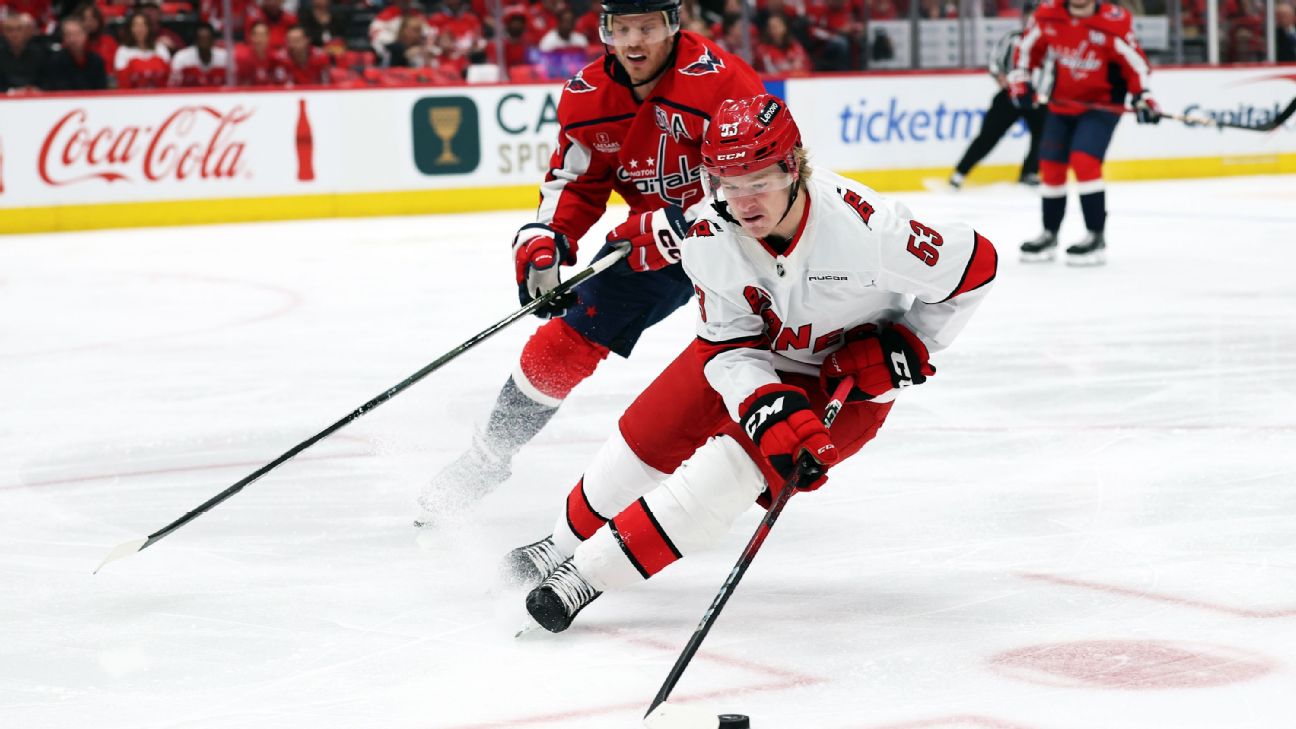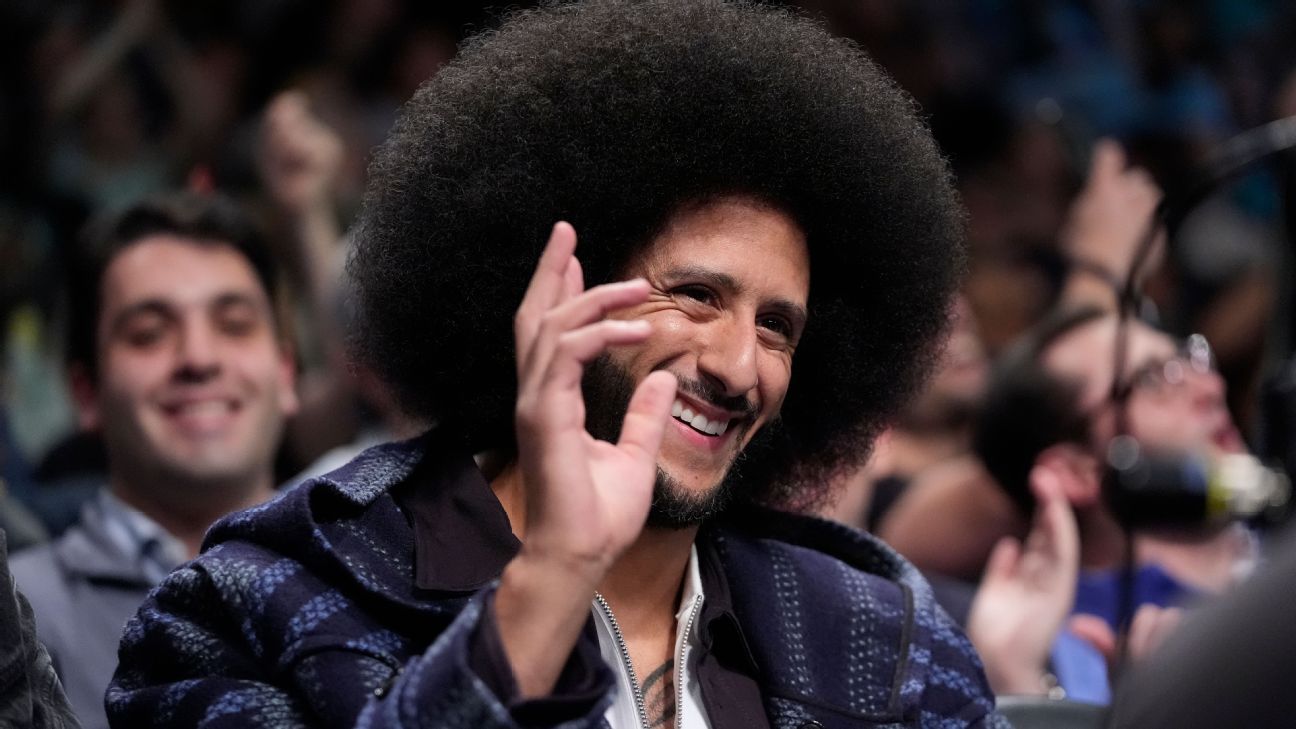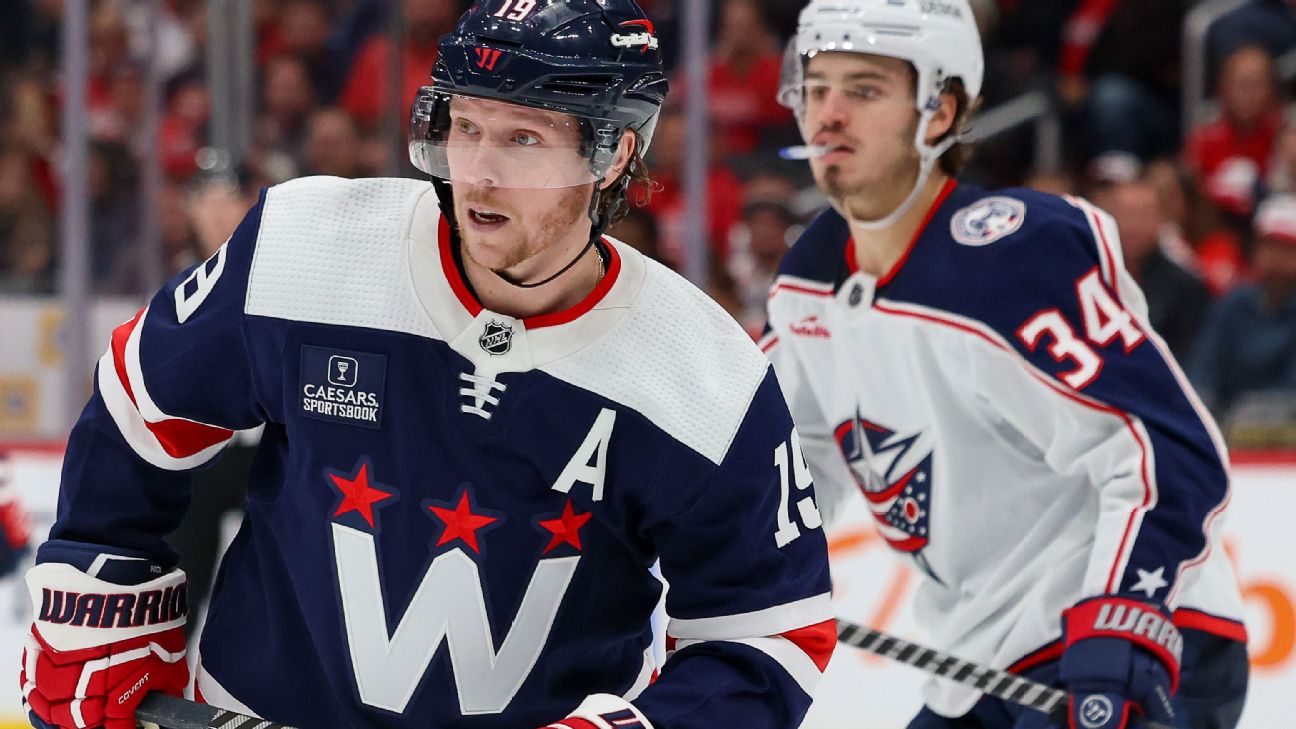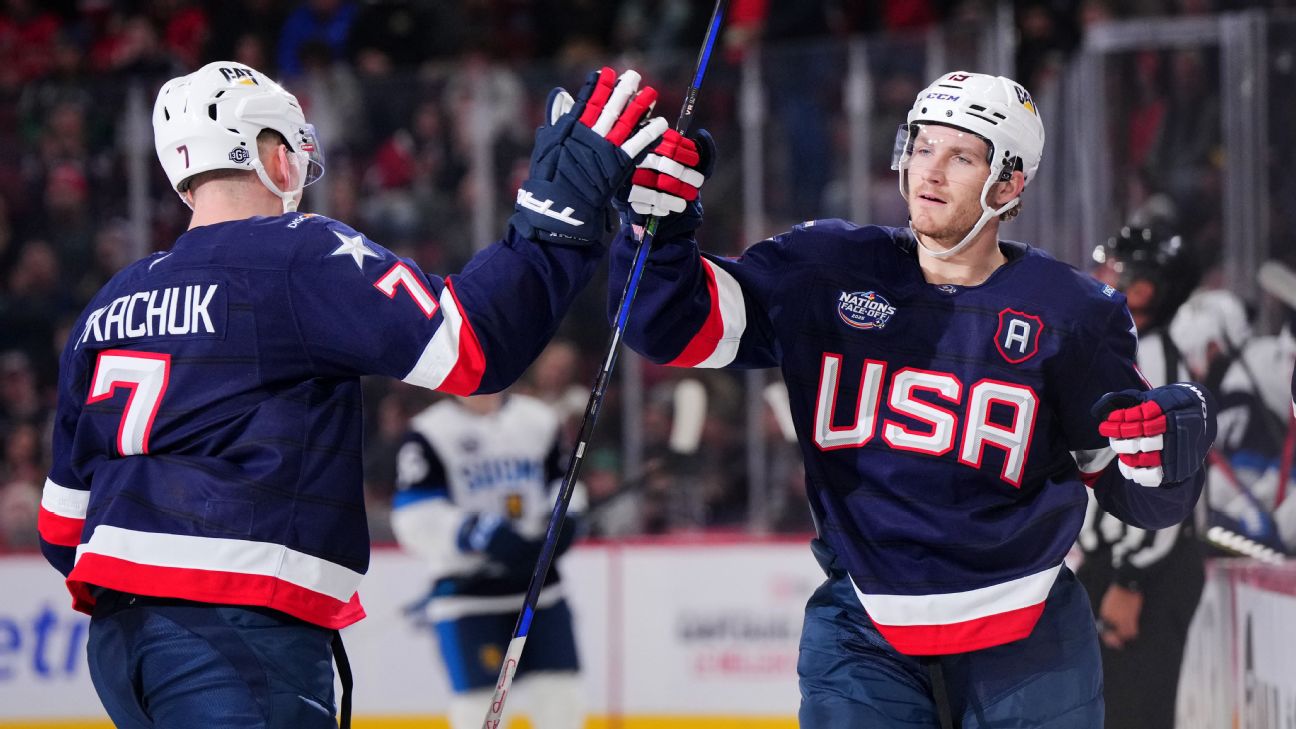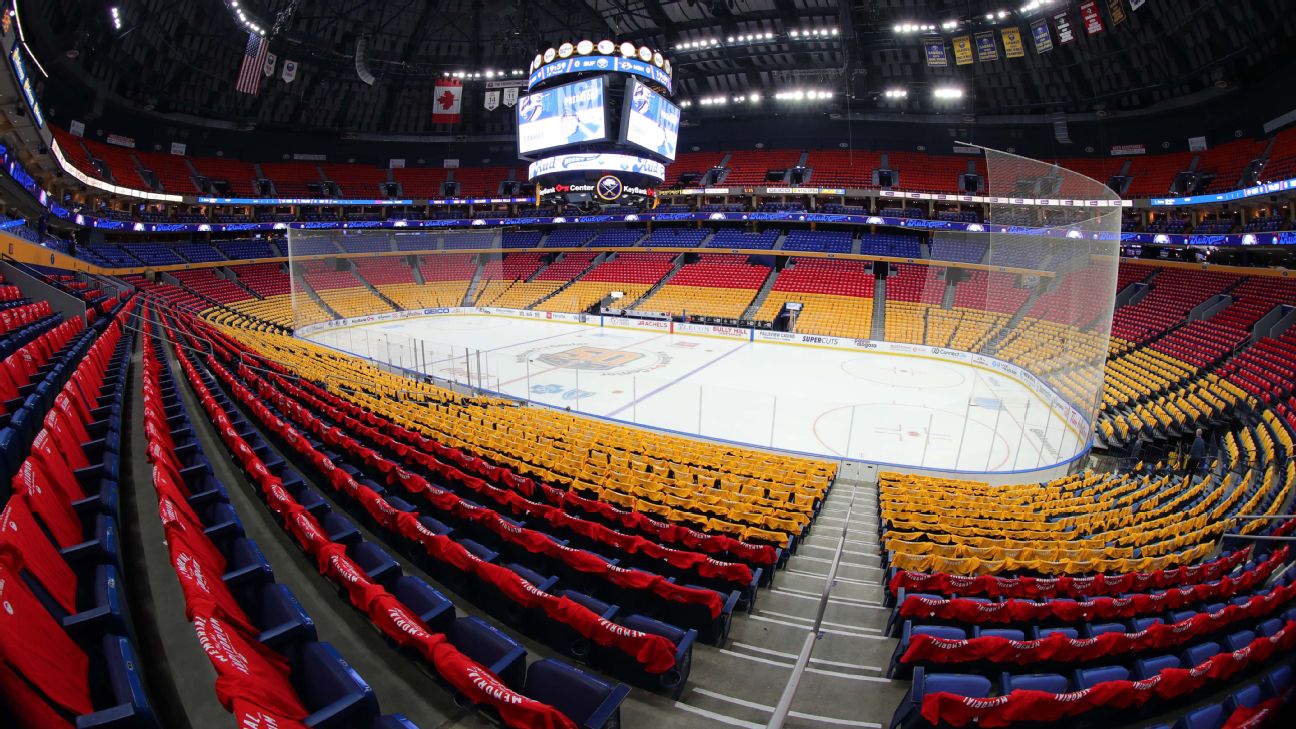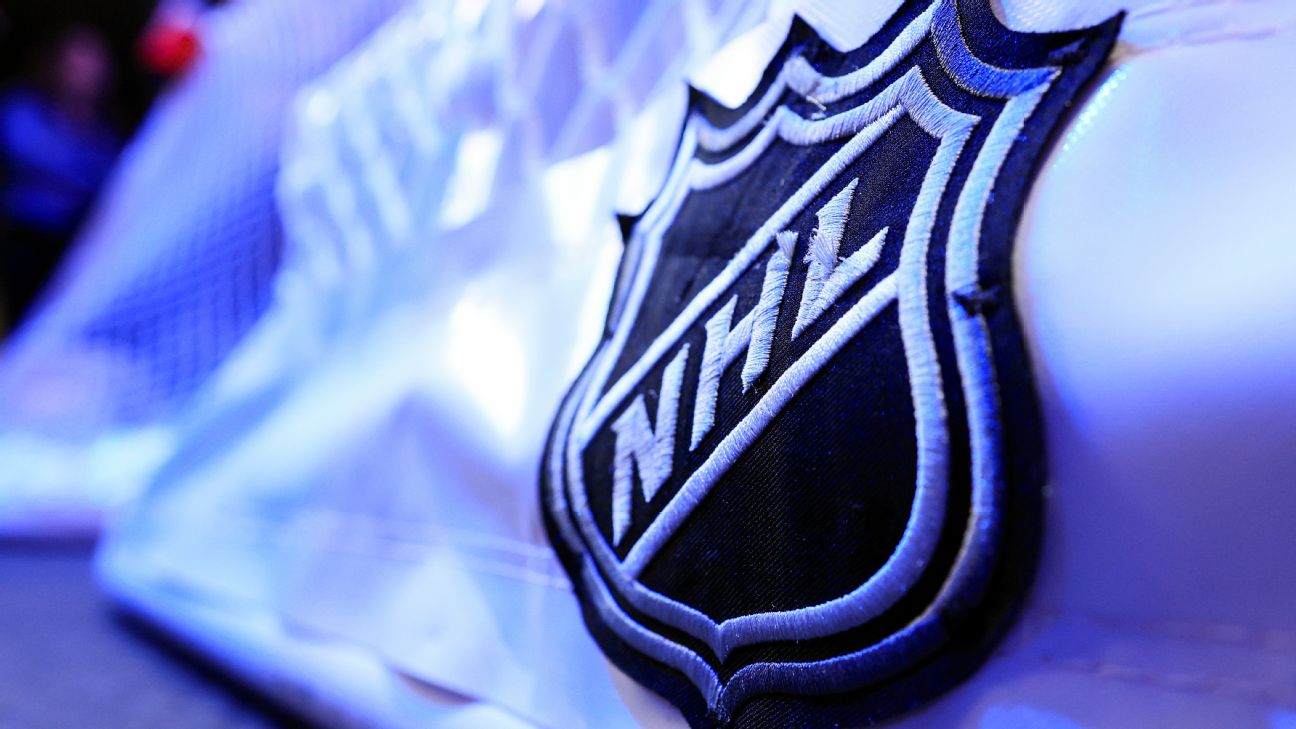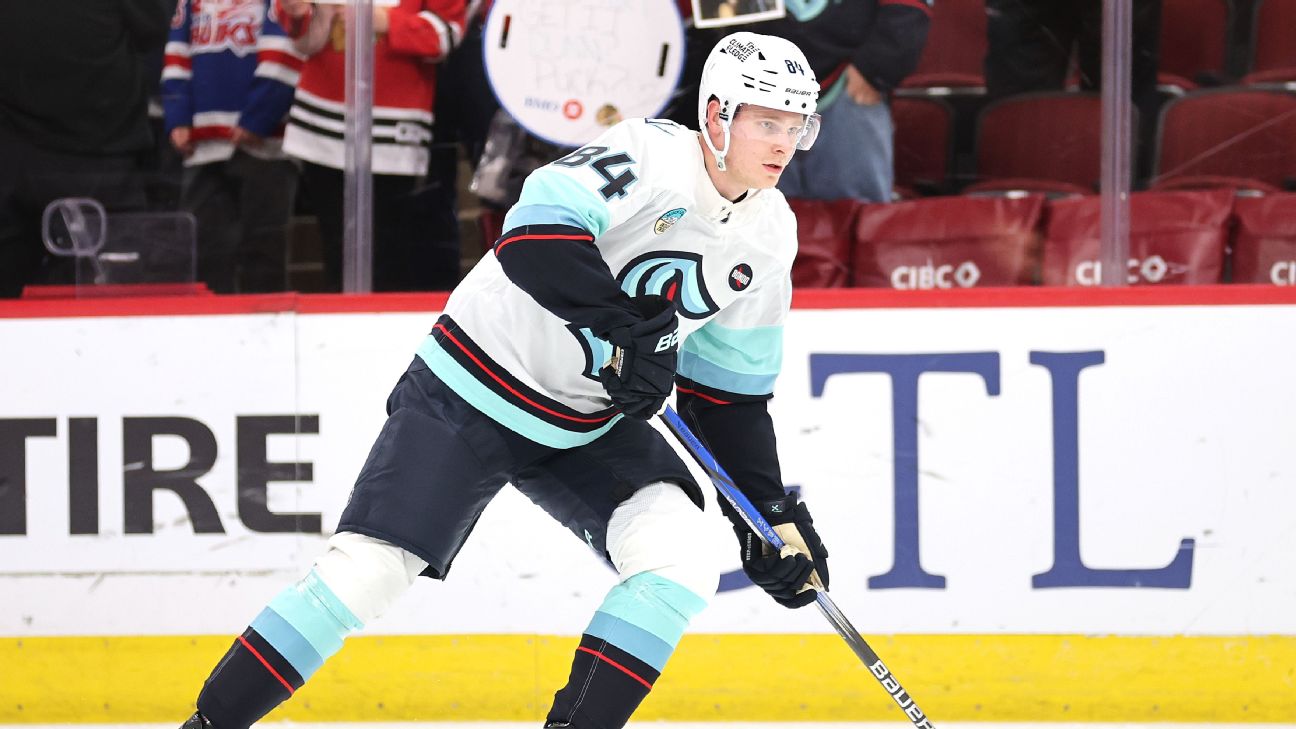Analyzing the Impact of the Charlie Coyle Trade: Avalanche and Blue Jackets' Strategic Moves
Explore the strategic implications of the Charlie Coyle trade between the Colorado Avalanche and Columbus Blue Jackets, focusing on salary cap management and team dynamics.

In a strategic move to manage salary cap space, the Colorado Avalanche traded veteran center Charlie Coyle and winger Miles Wood to the Columbus Blue Jackets. In return, the Avalanche received prospect forward Gavin Brindley, a 2025 third-round pick, and a conditional 2027 second-round pick. This trade has significant implications for both teams as they prepare for the upcoming NHL season.
Colorado Avalanche: Grade B+
The Avalanche had been facing a cap crisis with just $1.2 million in space before the trade. Coyle, who was acquired at the trade deadline, had bolstered the team's top-nine center dynamics alongside Nathan MacKinnon and Brock Nelson. However, with a six-player unrestricted free agent class led by Ryan Lindgren, the Avs needed to make adjustments. Coyle's $5.25 million AAV was a luxury they could no longer afford.
Miles Wood was another candidate for trade, given his $2.5 million AAV over four years and inconsistent performance, scoring only 13 goals in the past two seasons. The trade allows the Avalanche to address their bottom-six forwards and potentially retain Lindgren.
Gavin Brindley, a top prospect from the Blue Jackets' farm system, could be a future asset. The 20-year-old scored six goals and 17 points in 52 games during his first professional season in the AHL, following a standout collegiate career at Michigan.
Columbus Blue Jackets: Grade B+
The Blue Jackets, with ample cap space, capitalized on the Avalanche's need to create room. Coyle and Wood will strengthen the Blue Jackets' bottom six, providing depth and flexibility. Coyle will serve as a third-line center behind Sean Monahan and Adam Fantilli, while Wood adds versatility to the wing.
With over $30 million in cap space, the Blue Jackets can focus on extensions for Dante Fabbro and Ivan Provorov. Despite trading Brindley, the team still boasts promising forwards like Cayden Lindstrom, Jordan Dumais, and Luca Del Bel Belluz in their system.
Conclusion
This trade exemplifies strategic cap management and roster optimization. The Avalanche gain financial flexibility and future assets, while the Blue Jackets enhance their depth and prepare for potential extensions. Both teams have positioned themselves for success in the upcoming NHL season.















